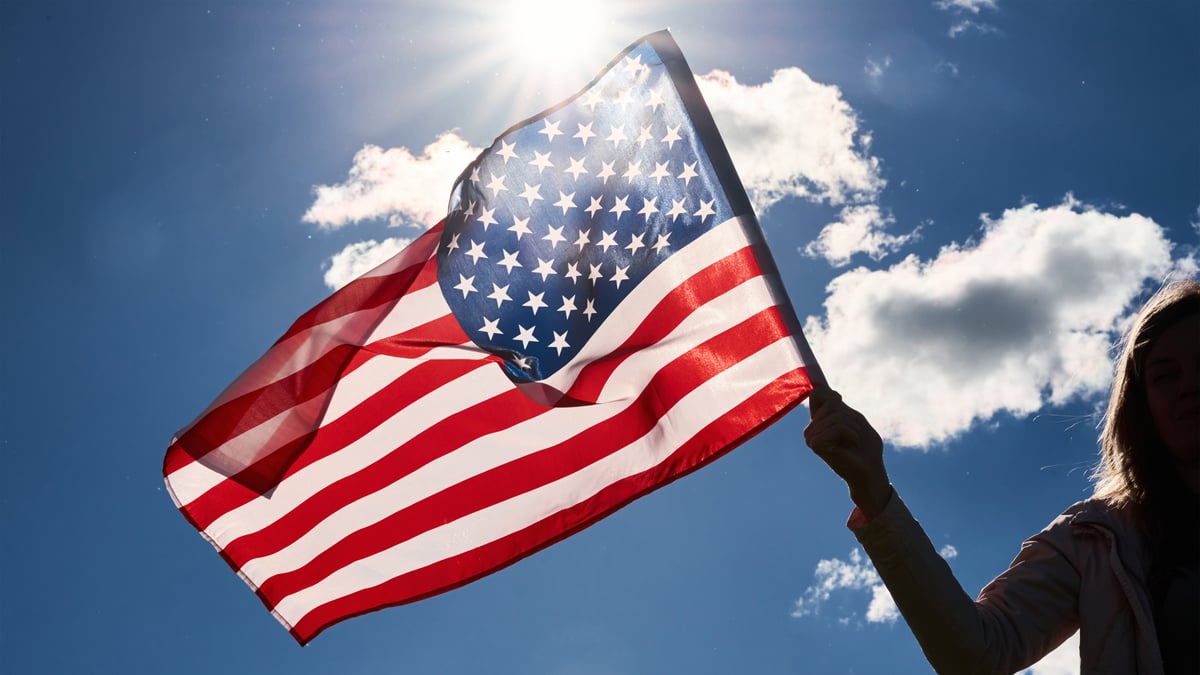Days Of The Year
D-Day (June 6th)

Anyone familiar with the History of World War II knows the significance of D-Day as the largest invasion force in the History of mankind. Taking place on June 6th, 1944, this date is celebrated as the beginning of the end of the war in Europe, since the invasion of northern France marked the turning of the tides in favor of the Allied forces. A year after D-Day, the Allies secured Germany’s surrender, effectively ending the war and restoring peace across the European continent.
What does D-Day stand for?
In U.S. Military terms, “D-Day” was an Army designation that indicated the first day of any specific field operations. In the case of D-Day, the “D” doesn’t actually mean anything—it’s nothing but a rePetition of the first letter in “day.” General Dwight Eisenhower (1890–1969) was in charge of this operation; he would later become the 34th U.S. President.
The actual name of the operation behind the invasion of northern France was “Operation Overlord,” which later became known as the “Battle of Normandy,” as it took place in this coastal region of France.
History of D-Day
On this date in 1944, almost five years after the beginning of WWII, the Allied countries (mainly the United States and the United Kingdom) planned and executed one of the largest invasion operations in History. The operation included more than 5,000 vessels and nearly 160,000 American, British and Canadians troops.
In the early hours of June 6th, the Allied forces crossed the English Channel and landed in the beaches of Normandy, France. Their goal was to gain back the land taken by the German Army and liberate Nazi-occupied France. After a week-long battle in which both sides suffered many casualties, the Allies at last successfully secured the area, and doubled their numbers by bringing in more troops and equipment to continue the assault on French soil.
As the Allied armies pushed forward, the Germans, left confused and disorganized, without an effective strategy, started to pull back. The enemies started to lose key points on land, such as bridges and ports, which gave the Allies their victory and helped them secure the release of France. This date was a turning point in WWII, since it gave the Allied forces the foothold they needed to beat Germany, who surrendered a year later.
How to celebrate D-Day
This day is not a public holiday, but it is observed in many countries, particularly those who participated in the war, as a date to remember and commemorate the fallen soldiers who fought in this battle. Many towns in the Normandy region that are close to the beaches organize the D-Day Festival and hold ceremonies to pay tribute to the soldiers. There are also concerts, parades and a firework display during this day. Since it can be an opportunity to teach younger generations about these events, there are a number of museums and remembrance sites to visit as well as guided tours of the landing beaches to learn more about such an important moment in the recent History of the world.
-

 Days Of The Year20h ago
Days Of The Year20h agoIn God We Trust Day (April 22nd)
-

 Days Of The Year20h ago
Days Of The Year20h agoInternational Mother Earth Day (April 22nd)
-

 Days Of The Year1d ago
Days Of The Year1d agoStephen Lawrence Day (April 22nd)
-

 Days Of The Year1d ago
Days Of The Year1d agoNational Pinup Day (April 22nd)
-

 Days Of The Year1d ago
Days Of The Year1d agoLondon Marathon (April 21st, 2024)
-

 Days Of The Year2d ago
Days Of The Year2d agoGo Fly a Kite Day (April 21st)
-

 Days Of The Year2d ago
Days Of The Year2d agoBig Word Day (April 21st)
-

 Days Of The Year2d ago
Days Of The Year2d agoPizza Delivery Driver Appreciation Day (April 20th)


















